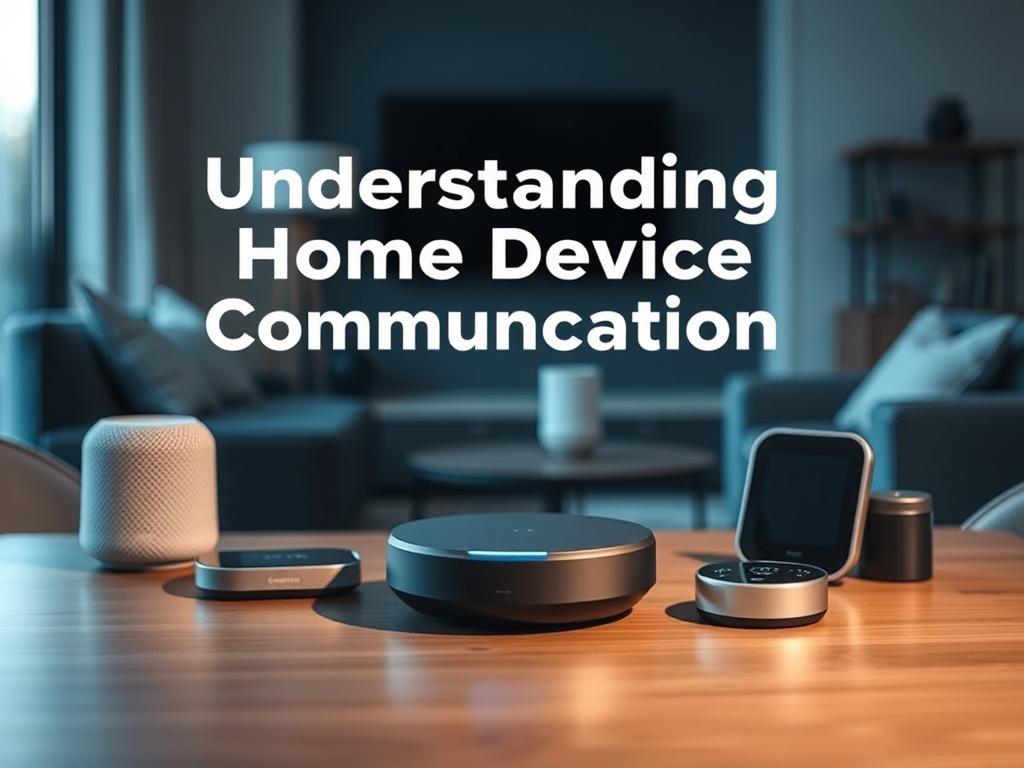
In today’s rapidly evolving digital landscape, understanding how home devices communicate is crucial for anyone looking to enhance their living environment. Smart technology has transformed our homes, allowing appliances, lights, and security systems to interact effortlessly with one another. This interconnectedness forms the backbone of a streamlined and efficient home, enabling us to manage our daily lives with ease and convenience. As we delve into the dynamics of home device communication, we will explore the fascinating ways these technologies work together to create a cohesive living experience.
At the heart of this communication lies a variety of protocols that enable different devices to share information and respond to commands seamlessly. Knowing which protocols facilitate these interactions not only deepens our comprehension of smart technology but also empowers us to make informed choices when selecting devices for our homes. In this blog post, we will examine the advantages of an interconnected home, from increased energy efficiency to enhanced security, illustrating how exploring device communication can pave the way for modern living at its finest.
Explore how home devices communicate: The backbone of smart technology
Home devices today represent a complex network of interconnected technology that transforms our living spaces into smart environments. By leveraging innovative communication methods, these devices can effortlessly share information and respond to user commands. From smart speakers and lighting systems to security cameras and thermostats, every device plays a critical role in creating a cohesive ecosystem. When you issue a command to your voice assistant, for example, it communicates with various devices in your home, enabling them to work together harmoniously and making everyday tasks easier and more efficient.
The communication between home devices relies on a variety of technologies and protocols that allow them to exchange and interpret data. Wi-Fi, Zigbee, Z-Wave, and Bluetooth are some of the common protocols facilitating this interaction. Each protocol has unique features that cater to different needs within the smart home landscape. For instance, Zigbee and Z-Wave excel in low-power, local communication, while Wi-Fi is ideal for high-bandwidth needs. Understanding these communication methods helps homeowners make informed decisions about which devices to incorporate into their smart homes, ensuring a seamless integration that enhances convenience and functionality in daily life.
Understanding protocols: How home devices interact seamlessly
Home devices rely on various communication protocols to interact seamlessly with one another. These protocols serve as the languages through which devices share information and respond to commands. For instance, Wi-Fi enables devices like smart speakers and security cameras to connect to the internet, while Bluetooth allows close-range communication between smartphones and smart locks. Additionally, protocols like Zigbee and Z-Wave facilitate the low-energy communication essential for battery-operated devices, ensuring that your smart home ecosystem operates efficiently. By understanding these protocols, homeowners can choose compatible devices that communicate effectively, creating a cohesive smart home environment.
Moreover, advancements in protocol technology continue to enhance device interaction. With the rise of Matter, a unified connectivity standard, devices from different manufacturers can now interoperate without requiring multiple apps or hubs. This development simplifies the user experience, allowing homeowners to manage their smart devices more conveniently. When devices can share data and coordinate actions—such as lighting adjusting automatically when a security camera senses movement—the smart home experience becomes not just innovative but intuitive. Understanding and leveraging these protocols is key to maximizing the potential of interconnected home devices, making the transition to a smart home smoother and more enjoyable.
Enhancing your home: The benefits of interconnected devices and their interactions
Interconnected home devices create a seamless living experience that enhances convenience and efficiency. Imagine walking into a home where your smart thermostat adjusts the temperature as you arrive, while the smart lights illuminate your path and your favorite music plays in the background. This level of automation not only adds comfort but also optimizes energy usage, as devices communicate to ensure they operate at their most efficient levels. By exploring how home devices interact with each other, you can streamline daily tasks, reduce energy bills, and create an environment that caters to your lifestyle.
Furthermore, interconnected devices empower you to maintain greater control over your home, no matter where you are. With the help of mobile apps and voice assistants, you can monitor security cameras, control appliances, and receive alerts about potential issues, all in real-time. This connectivity enhances your peace of mind, ensuring that your home remains secure and well-managed even when you're away. By embracing a smart home ecosystem, you not only increase your convenience but also open doors to innovative features and integrations that continue to evolve, making every interaction more intuitive and beneficial.